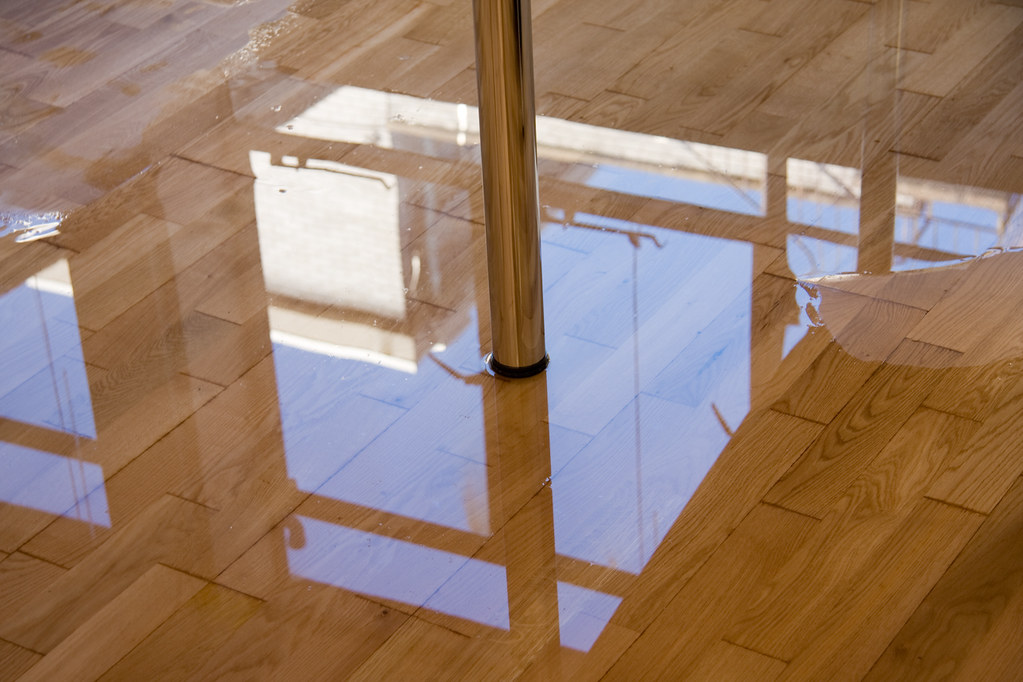When water invades your home, it doesn’t just damage your belongings and property—it can also leave you feeling adrift in a sea of uncertainty. But with the right knowledge and actions, you can navigate the stormy aftermath and restore not just your home but also your peace of mind. “Flooded Futures” is your comprehensive guide to water damage restoration, offering a clear, step-by-step approach to reclaiming your space from the clutches of water damage.
Immediate Actions: The First 24 Hours
Safety Above All
Before wading into water-damaged areas, prioritize safety. Turn off the main power, avoid using electrical appliances in wet areas, and wear protective gear. Remember, water and electricity make a dangerous pair.
Stop the Water Source
Identify and halt the source of water to prevent further damage. Whether it’s a burst pipe, a leaking roof, or a natural flood, stopping the influx is your first step toward recovery.
Document the Damage
Before moving items or starting the cleanup, document the damage thoroughly with photos and videos. This visual evidence is crucial for insurance claims and potential reimbursements.
Assessment and Planning
Assess the Damage
Evaluate the extent of water intrusion and damage. This includes checking walls, floors, furniture, and appliances for signs of water damage. Understanding the scope helps in planning the restoration process.
Consult Professionals
Water damage can be complex, with hidden risks and potential health hazards. Consulting with professional restoration services provides insight into the damage’s extent and the necessary steps for a thorough cleanup and restoration.
Contact Your Insurance Company
Inform your insurance company about the situation. Provide them with the documentation of damage and discuss your policy coverage, ensuring you understand what is and isn’t covered under your plan.
Water Removal and Drying Process
Water Extraction
Employ pumps and wet vacuums to remove standing water from your property. The quicker you can remove the water, the less chance there is for severe damage and mold growth.
Drying and Dehumidifying
After extracting the water, use air movers, dehumidifiers, and fans to dry out the affected areas. This step is vital to prevent mold and further damage to your home’s structure.
Monitor and Adjust
Regularly monitor the drying process using moisture meters to ensure areas are drying effectively. Adjust equipment placements and settings as necessary to optimize drying.
Cleaning and Sanitization
Clean All Surfaces
Water damage can leave behind dirt, bacteria, and other contaminants. Clean all affected surfaces with appropriate cleaners to ensure your home is safe and sanitary.
Disinfect and Deodorize
Apply disinfectants to eliminate any bacteria or mold spores that may have started to grow. Deodorizing the space can also help remove any lingering odors caused by the water damage.
Salvage and Dispose
Determine what can be salvaged and what must be thrown away. Porous materials that have absorbed water might need to be discarded to prevent mold, while non-porous items can often be cleaned and restored.
Restoration and Reconstruction
Assess Structural Damage
Examine the structural integrity of your home, looking for any damage to the foundation, walls, floors, and ceilings. Professional contractors can provide assessments and solutions for any necessary repairs.
Repair and Rebuild
Begin repairs on any structural damage. This may involve replacing drywall, flooring, and other materials affected by the water. In some cases, more significant reconstruction may be needed.
Renovate and Upgrade
Consider this an opportunity to make upgrades to your home. Water-resistant materials and modern fixtures can not only restore your home but also enhance its resilience and value.
Preventive Measures for the Future
Waterproof Your Home
Invest in waterproofing measures for your home, such as sealing basements, installing sump pumps, and ensuring proper drainage around your property.
Regular Maintenance
Regularly inspect and maintain your home’s plumbing and roofing to prevent future leaks and water damage. Being proactive can save you from future headaches and expenses.
Create an Emergency Plan
Having an emergency plan in place, including a list of contacts for restoration services and an inventory of your home’s contents, can expedite the recovery process in the event of future water damage.
Conclusion
Water damage can be a tumultuous chapter in any homeowner’s life, but with the right approach, it’s a chapter that can end with restoration and renewal. By following the steps outlined in this handbook, from immediate action through to preventive measures, you can navigate the complexities of water damage restoration. Armed with knowledge and support from professionals, you can turn a flooded future into a foundation for a resilient, restored home.

